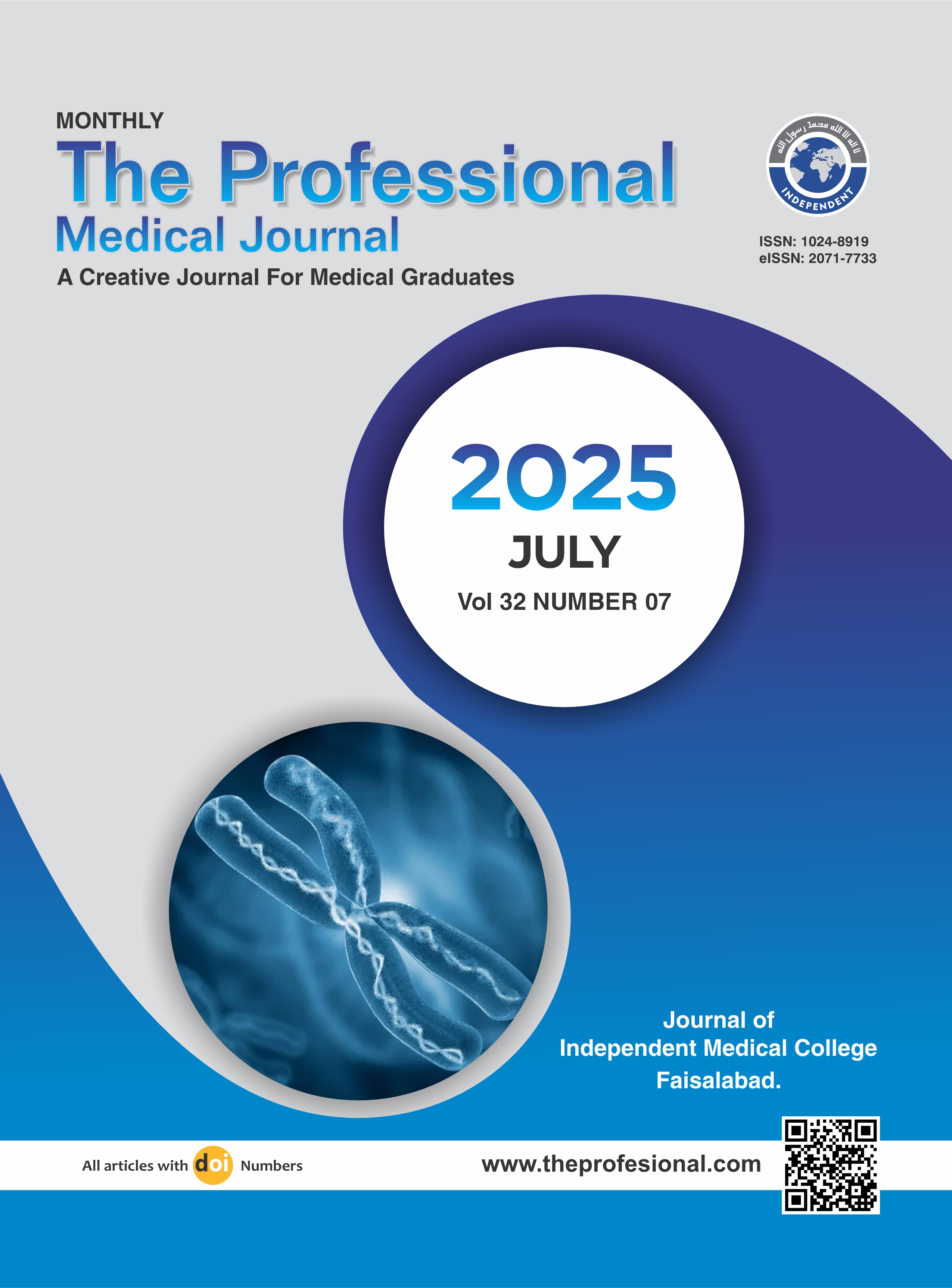Comparison of new injury severity score and revised trauma score for mortality prediction in adult trauma patients.
DOI:
https://doi.org/10.29309/TPMJ/2025.32.07.8143Keywords:
Emergency, Morbidity, Mortality, TraumaAbstract
Objective: To compare the revised trauma score (RTS) and new injury severity score (NISS) in predicting mortality in adults presented with trauma. Study Design: Cohort Research Setting: Emergency Department, Ziauddin University Hospital's, Karachi. Period: November 12, 2022, to May 11, 2023. Methods: A consecutive sampling technique was used to select 384 adult patients with traumatic brain injury (TBI), aged ≥ 18 years and who visited the emergency department (ED). After obtaining vitals, Glasgow Coma Scale (GCS), RTS and NISS were measured. Each TBI patient was treated according to standard procedures and followed until discharge or death. Results: Of the total, 53.1% were females and 46.9% were male with an average age of 44.21 years. Predicted mortality with RTS and NISS was 13.0% and 29.7% respectively, while mortality was 22.7%. The optimal cut-off score for predicting mortality in adult TBI patients using the RTS was a score of ≤7 (sensitivity 57.5%, specificity 100.0%, positive predictive value 100.0%, negative predictive value 89.0%, diagnostic accuracy 90.4%, area under ROC curve 0.014), and similarly cut-off score under the NISS was a score of ≥16 (100.0%, 91.0%, 76.4%, 100.0%, 93.0%, 0.934). There was a significant difference (p-value <0.001) between RTS and NISS with respect to the area under the ROC curve. Conclusion: In adult traumatic brain injury patients, NISS was the most accurate predictor of mortality when compared to RTS.
Downloads
Published
Issue
Section
License
Copyright (c) 2025 The Professional Medical Journal

This work is licensed under a Creative Commons Attribution-NonCommercial 4.0 International License.


